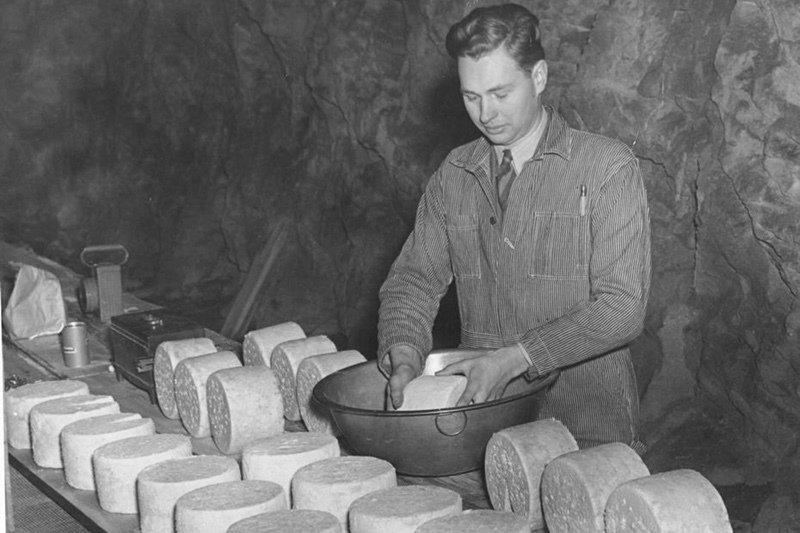Football. Dabo Swinney. Tigers. Say the word “Clemson” to folks in the South, and these are the things that typically come to mind. What probably doesn’t come to mind? Cheese. That’s right, cheese. The truth is the university’s College of Agriculture, Forestry and Science has been making blue cheese for years … and it’s delicious! I can personally vouch that it goes with just about everything — sprinkle the crumbles over a salad or steak, or throw it into a dip on game day. It is a part of Clemson University that not all who have visited the campus know about, which is amazing since the cheese just celebrated its 75th anniversary. The story behind it goes way back to the Piedmont area of South Carolina’s pioneer days — who knew?!
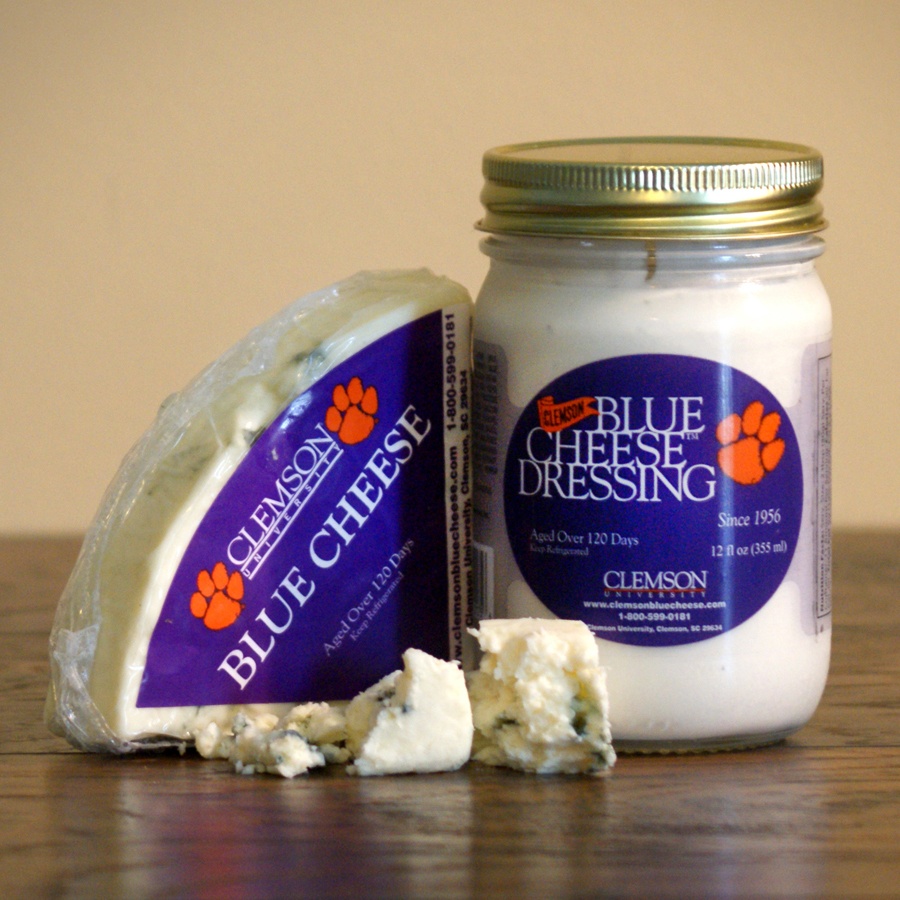
Way back in the mid-1800s, planners in the Piedmont area of South Carolina hoped for a railroad that would connect the Midwest with the bustling port of Charleston, South Carolina. They pushed for and got their railway tunnel request granted. Plans called for the new Stumphouse Mountain Tunnel to go through Stumphouse Mountain near Walhalla in Oconee County. Construction on the site began in 1852, but tensions between the North and the South over the years brought the work to a halt and caused the unfinished tunnel to be abandoned for many years. But the story didn’t end there.
Fast forward to 1940 when a professor from Clemson A&M College Dairy Department started toying with the idea of a research project. The idea was to cure a French-style blue cheese in the tunnel. The dairy department started experimenting with it, and that was the beginning of something delicious! Why cure cheese in a tunnel? It was quite simple, actually: The moisture level in the air produced a perfectly damp environment just right for curing blue cheese. The professor and his team got to work clearing the debris out of the tunnel to make room for their cheese experiment.
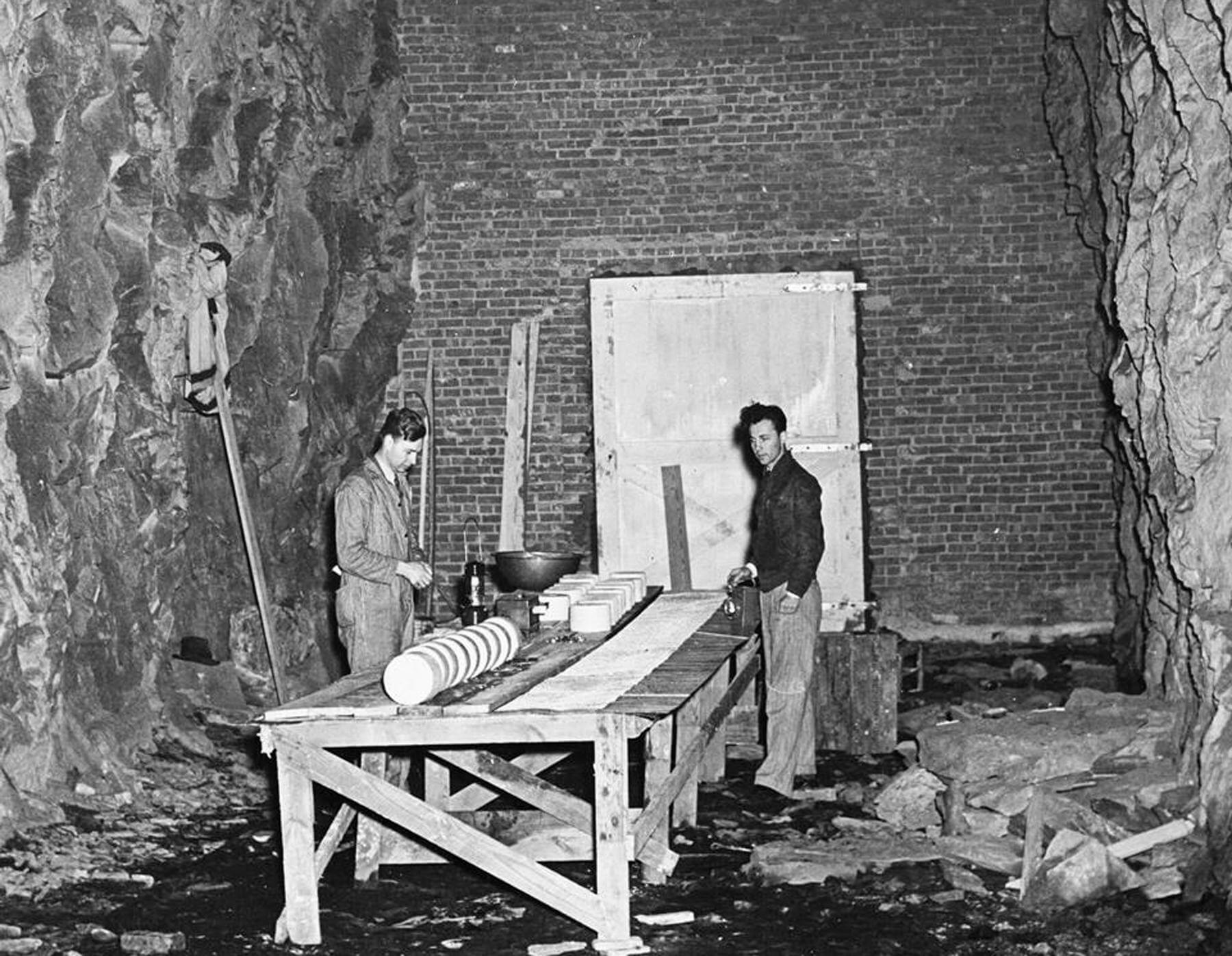
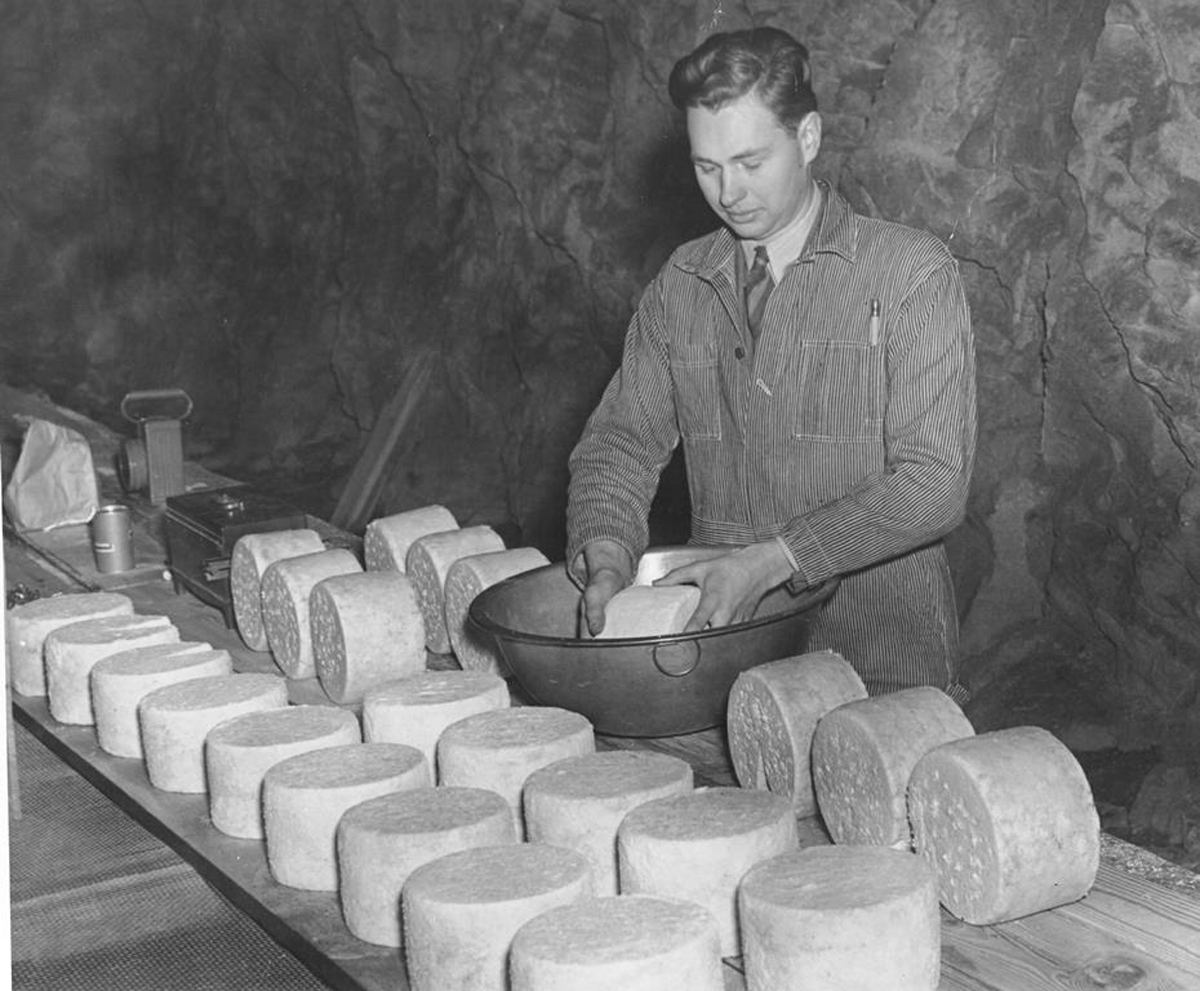
The onset of World War II in 1941 brought change for the dairy workers at Clemson A&M College. Team members had to enlist in the war effort, and cheese production had to be halted as the milk used in the cheese had to be rationed for aviation cadets stationed on campus. Clemson A&M was able to purchase the tunnel in 1951 and resume their cheese project in 1953 with D.H. Graham, a recent Ph.D. from Iowa State College, joining the staff to oversee dairy product research and the cheese production.
A tangy, Roquefort-style blue mold cheese was made on campus with milk from Clemson’s dairy herd of Brown Swiss and Holstein cows and transported 30 miles away to the tunnel for curing from 1953 to 1956. The heat and high humidity during the South Carolina summers caused the tunnel to be unusable for a few months out of each year, unfortunately, and cheese production had to be paused. In 1956 the dairy team began research studies into how to best replicate the environment in the tunnel in a new building on campus, Newman Hall.
The team successfully designed cheese ripening rooms that replicated the tunnel’s air quality, temperature and humidity levels. The entire manufacturing process could now take place on campus, and no more transport to and from the tunnel or suspending operations in the summer months was needed. The cheese-making operation moved to the Agricultural Center in Newman Hall at Clemson in 1958.

In 1964 Clemson A&M College expanded its academic programs and offerings and was renamed Clemson University. As for Stumphouse Mountain Tunnel, where the cheese project began, it became a historic landmark and remained so for years until a rockslide closed it for a time. The city of Walhalla reopened the tunnel, and it is now considered a landmark site and open to visitors once again.
Nowadays you can find Master Cheese Maker Anthony Pounders and his crew hard at work making cheese the old-school way. Pounders has been making the artisan cheese for more than 20 years and wouldn’t have things any other way in terms of the old-school techniques he utilizes. Old-fashioned, cream-lined milk is used from locally (and Clemson alumni-owned) Hickory Hill Milk. Each 288-gallon vat turns out a batch of 240 pounds of cheese, which is then salted, waxed and aged for a total of six months. Once ready, each hoop is scraped and packaged by hand, a painstaking but necessary process.
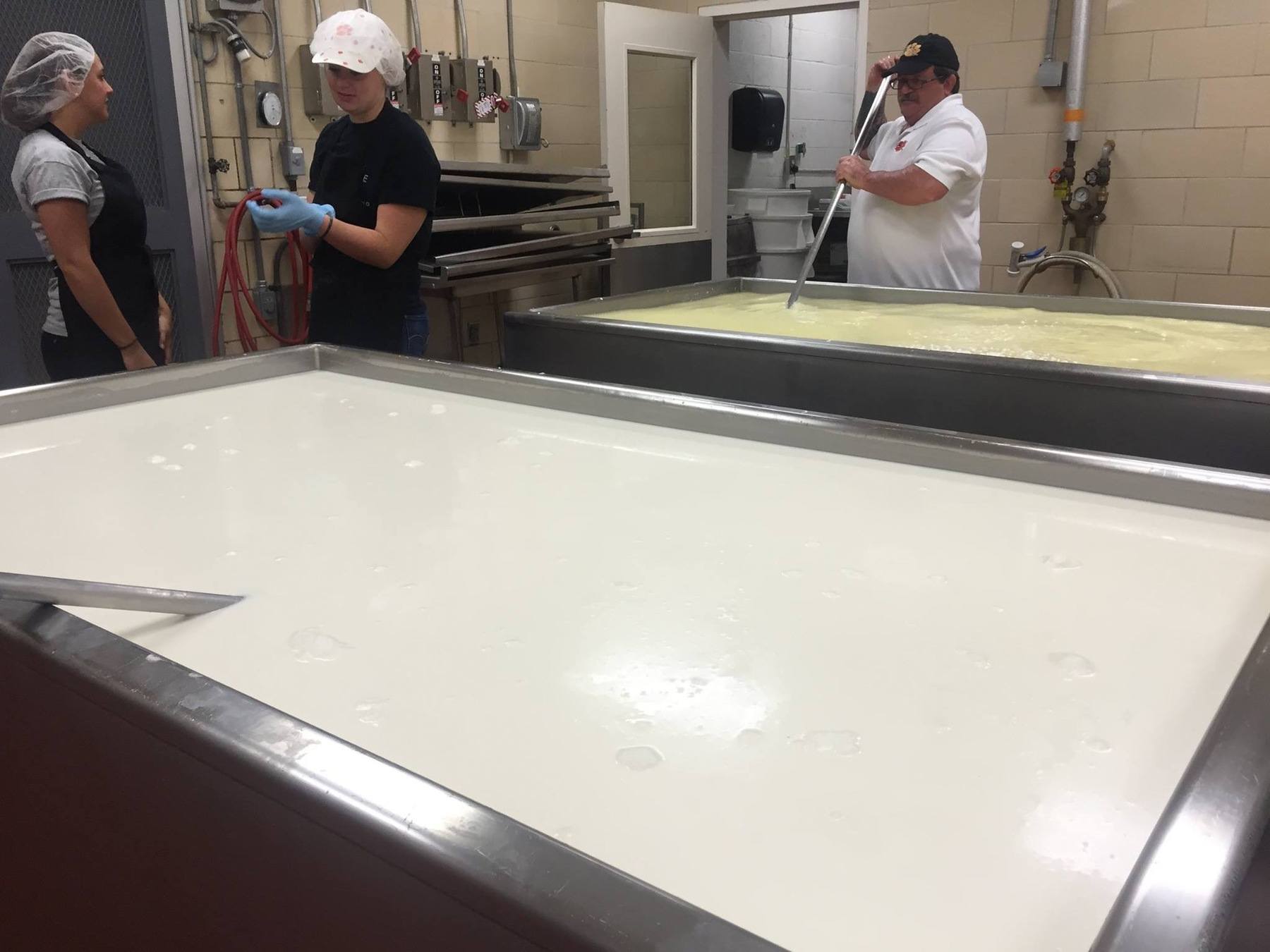

Clemson Blue Cheese has come a long way since its beginnings in the Stumphouse Mountain Tunnel, but the craftsmanship and care that goes into each and every batch remain very much the same. A newly released cookbook, Tastes of Clemson Blue Cheese, celebrates the cheese and includes over 200 recipes by University Chef Christian Thormose. The book is available for $24.95.
Want to buy some Clemson Blue Cheese? It can be purchased on the Clemson campus at the ’55 Exchange in the Hendrix Student Center. You will also find an ice cream parlor there, which is managed by university students. Not at Clemson? Look for the cheese at both restaurants and local South Carolina grocers in South Carolina or visit clemson.edu to find the complete list of retail distributors and to place your online order.
**********
Learn more fascinating Southern stories — subscribe to StyleBlueprint for your best “me moment” of your day!



















